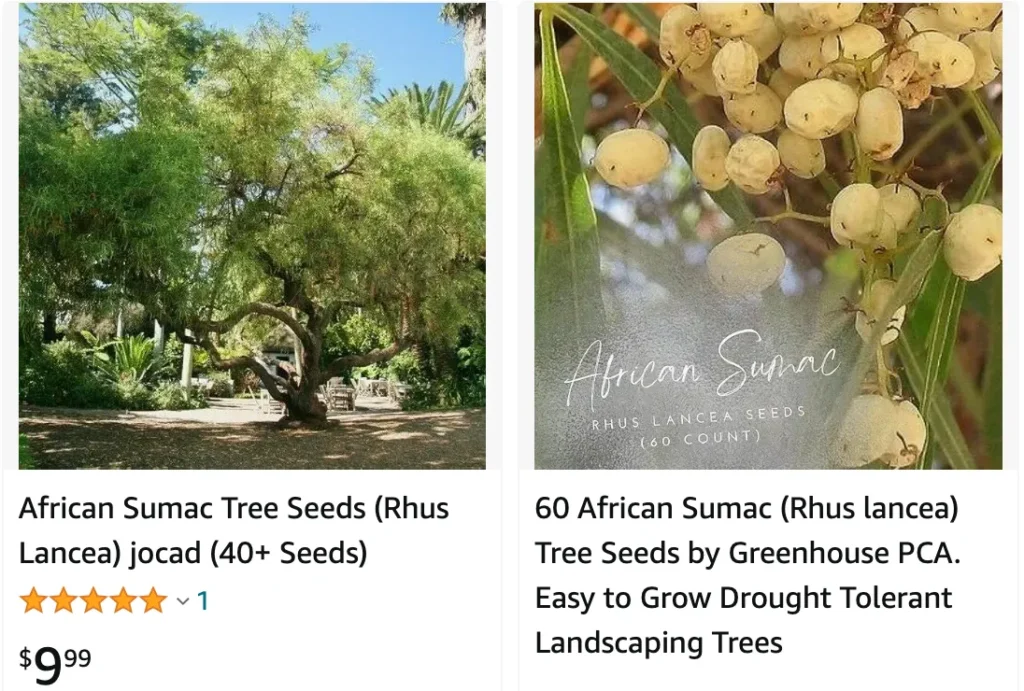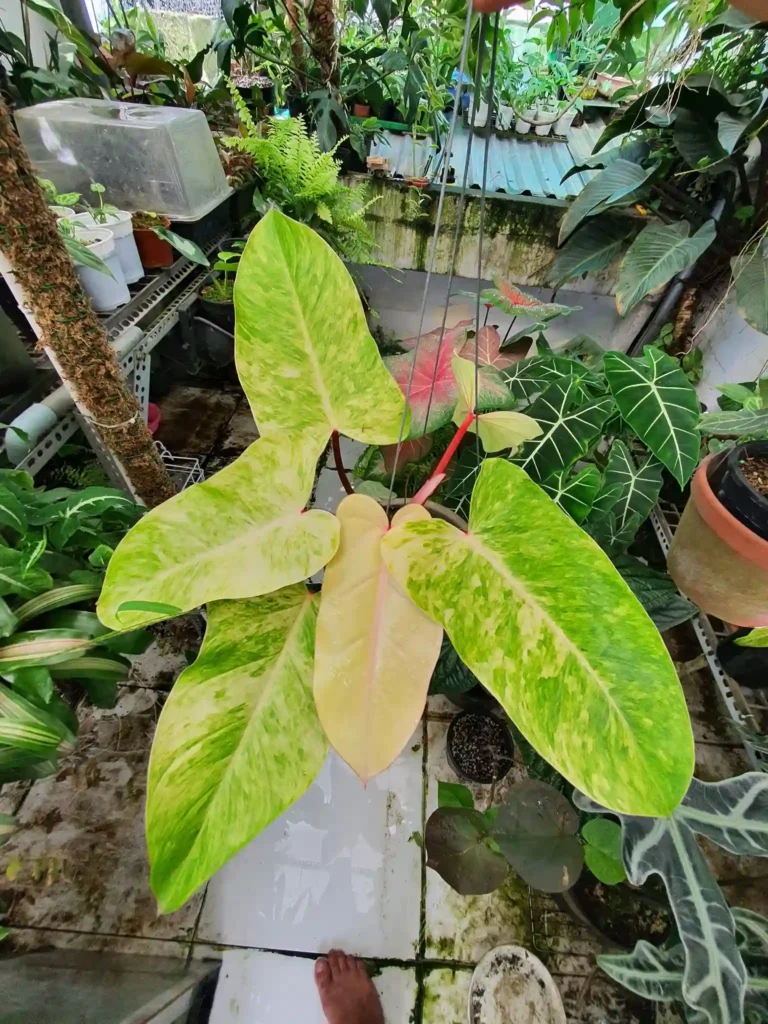
The Allure of the African Sumac: A Plant for Sun-Drenched Days
As a landscape designer, I’m always on the lookout for plants that thrive in our hot, dry climate. One species that consistently captures my attention is the Rhus lancea, also known as the African Sumac or Willow Rhus. This captivating evergreen boasts a unique charm, making it a popular choice for gardens yearning for a touch of elegance and resilience.
56 Species in Genus Rhus – Sumac
Do Rhus lancea Trees Shed?
The beauty of the Rhus lancea lies partly in its minimal shedding. Unlike many deciduous trees that leave a trail of fallen leaves in their wake, the Rhus lancea keeps its distinctive, narrow leaflets year-round. This characteristic makes it a low-maintenance option, saving you time and effort on yard cleanup.
However, it’s important to note that some new growth might occur in spring, leading to a small amount of leaf litter. But compared to its deciduous counterparts, the Rhus lancea is a champion of year-round greenery.
Is Rhus lancea Different from Poison Sumac?
A common concern with the Rhus lancea is its relation to the infamous poison sumac. Thankfully, they are distinct species. While both belong to the Anacardiaceae family, the Rhus lancea lacks the irritating urushiol oil that causes the itchy rash associated with poison sumac.
The key difference lies in the leaves. Poison sumac has clusters of 7-13 leaflets with smooth edges, while the Rhus lancea features just three elongated leaflets with slightly serrated margins. So, with a keen eye, you can easily differentiate between the two.
Is Rhus lancea Poisonous?
While not as potent as poison sumac, the Rhus lancea does contain a mild amount of urushiol oil. This means it can still cause skin irritation in some individuals, particularly those with sensitive skin. It’s always advisable to exercise caution when handling the plant directly. Wearing gloves is a simple yet effective way to minimize the risk of skin reactions.
Here’s a pro tip: If you have pets or small children who frequent your garden, plant the Rhus lancea in a designated area where contact is less likely.
Is Rhus lancea Toxic to Birds?
Here’s some good news for our feathered friends! Unlike some plants that pose a threat to birds, the Rhus lancea is considered non-toxic to avian visitors. In fact, the vibrant red clusters of small fruits that appear in fall often attract birds like waxwings and cedar waxwings. These feathered guests can enjoy a delightful snack while helping to disperse the seeds, promoting the spread of this beautiful tree.
How to care for Rhus lancea?
The Rhus lancea thrives in well-drained soil and revels in ample sunshine. Once established, it requires minimal watering, making it a perfect choice for water-conscious gardeners. Light pruning can be done in late winter to maintain its desired shape.
With its tolerance for drought and heat, the Rhus lancea is a low-maintenance wonder. It adds a touch of evergreen elegance to your landscape while attracting colorful birds.
Additional Tips:
- The Rhus lancea can be propagated through seeds or stem cuttings.
- Consider planting it alongside other drought-resistant plants like ornamental grasses or succulents for a cohesive and water-wise garden design.
- While the Rhus lancea is generally pest and disease resistant, keep an eye out for aphids or scale insects, which can be controlled with organic methods like insecticidal soap.
By incorporating the Rhus lancea into your landscape, you’ll not only add a touch of timeless beauty but also create a haven for birds and embrace a more sustainable gardening approach. So, if you’re seeking a captivating, low-maintenance plant for your sun-drenched garden, look no further than the alluring African Sumac.
If i die, water my plants!



